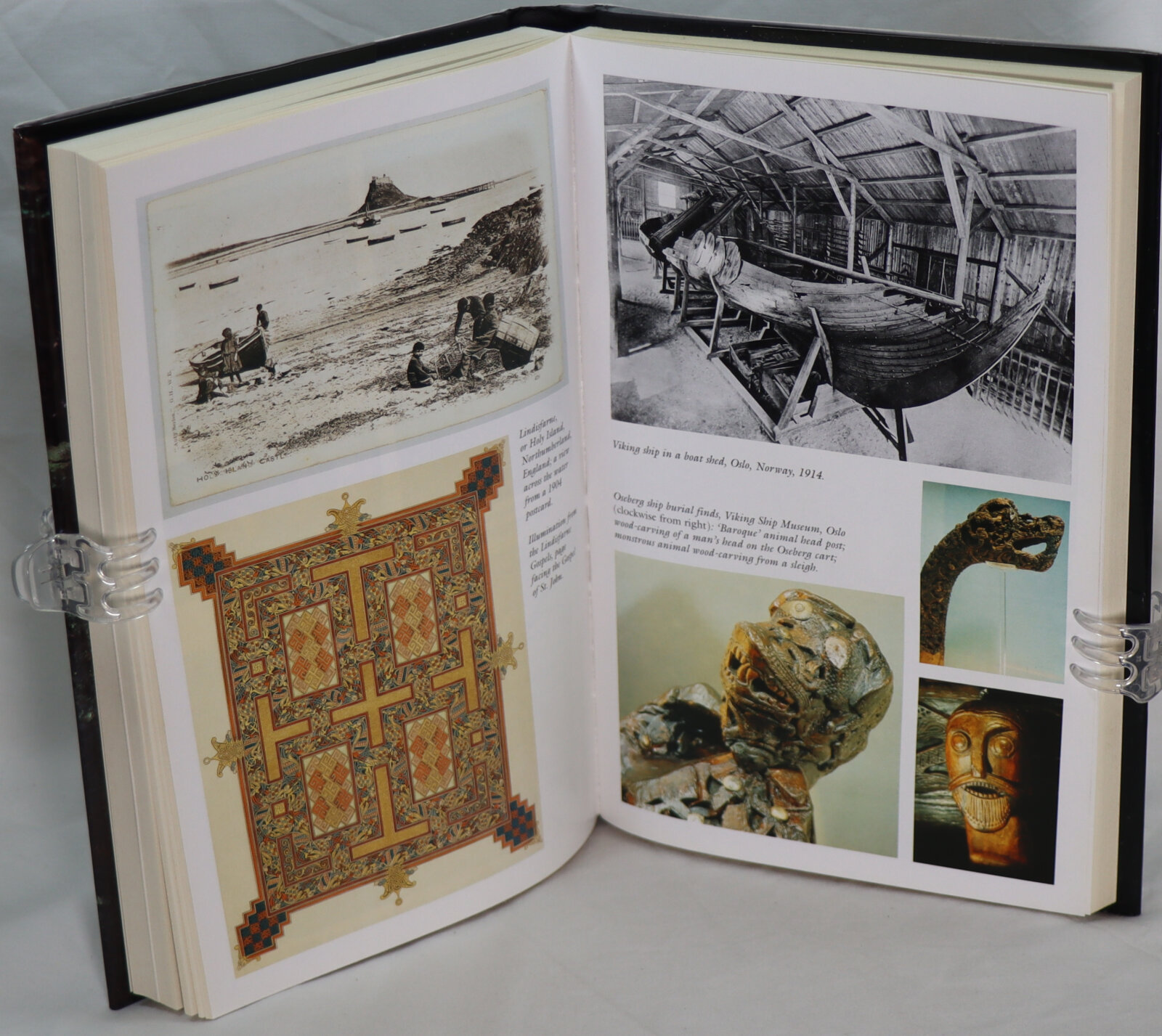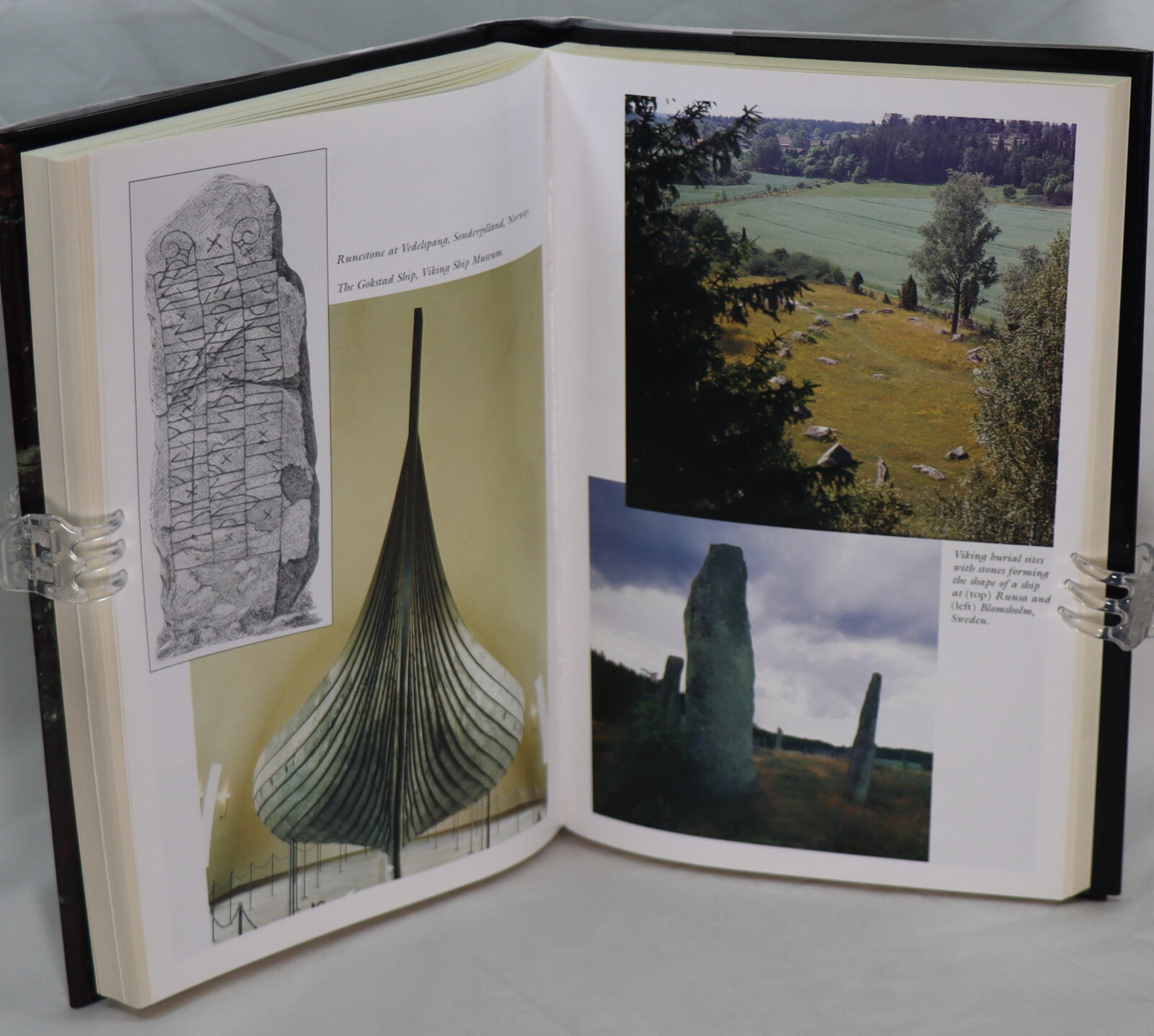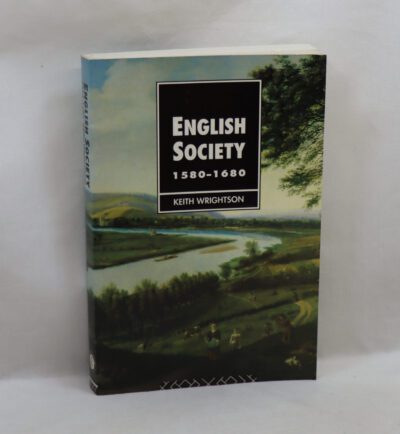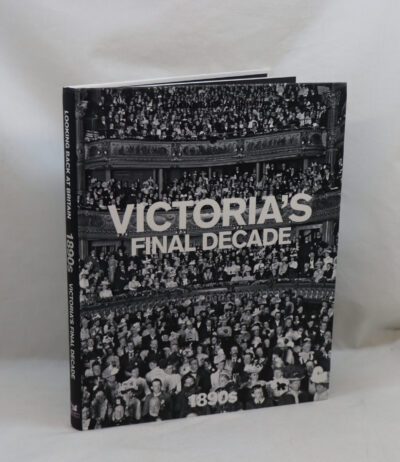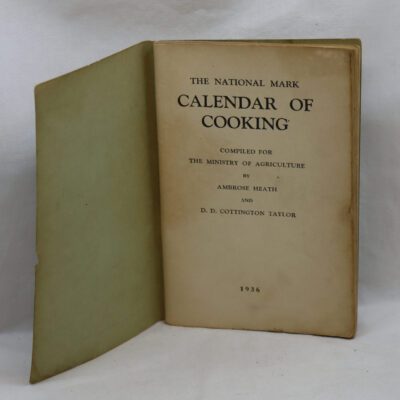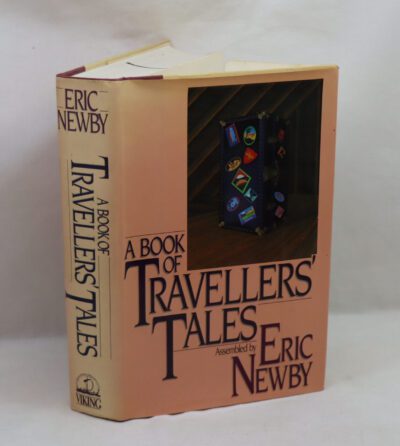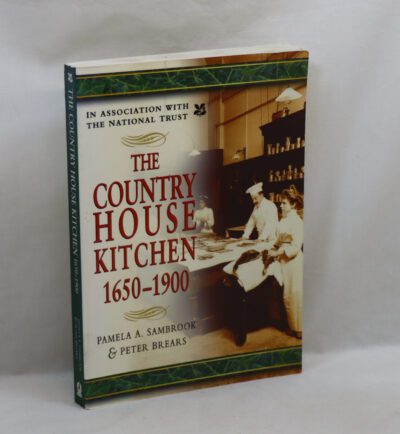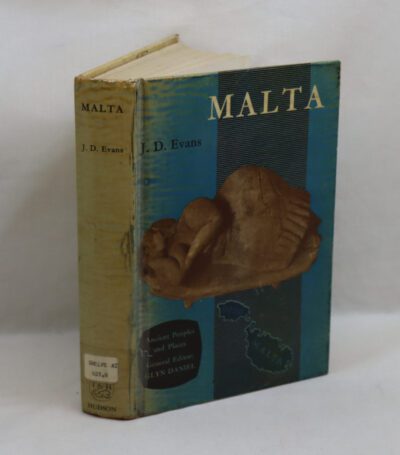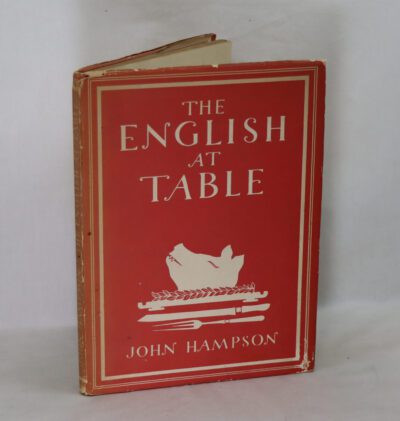Barbarians. Secrets of the Dark Ages.
By Richard Rudgley
ISBN: 9781620557280
Printed: 2002
Publisher: Channel 4 Books. London
| Dimensions | 17 × 24 × 3 cm |
|---|---|
| Language |
Language: English
Size (cminches): 17 x 24 x 3
Condition: Fine (See explanation of ratings)
Item information
Description
In the original dustsheet. Black cloth binding with gilt title on the spine.
-
F.B.A. provides an in-depth photographic presentation of this item to stimulate your feeling and touch. More traditional book descriptions are immediately available.
-
A thought-provoking account of some of our most fascinating ancestors by an author renowned for bringing less familiar history to life. The Dark Ages is an era in European history that is both little-known and little-understood. In this book Richard Rudgely challenges the conventional portrait of a dangerous and barbaric time. Through archaeological investigation and critical analysis of the art, society and cultural legacy of the barbarians is shown to have shaped and molded the destiny of Europe even more than the Roman Empire. The author is also interested in what the Dark Ages can tell us about Europe today and arguments about a joint currency and US air bases in Britain take their place alongside accounts of the coins found at Sutton Hoo and the military technology of the Vikings. The book will be divided into three sections, the first starting with the fall of Rome, the second with the Anglo-Saxon invasion of Britain and the third with the rise of the Norse culture of the Vikings leading to the end of the Dark Ages.
Reviews:
-
This book is refreshing and was a joy to read. it follows the same path as the TV series…although you do not need to have seen this to enjoy the book…i only managed to catch a couple of episodes. the first review on this page sums up the book perfectly, I simply wanted to add a couple of points (and stars)… while there are 39 good colour photographs, my only gripe is that i would have liked to have seen a few more pictures of certain items described within the text, and maybe some maps… ‘the new penguin atlas of medieval history’ may be helpful to those who would like to see the movement of ‘barbarian’ people in a more visual form. As for the link between the tomb of theodoric being like that of a yurt, this is stated as being the idea of Sauro Gelichi – a professor at the University of Venice, and not the author who is simply passing on the information for us to judge for ourselves. The fact that the Ostrogoths were also a nomadic people who had been under the control of the Huns for around a century prior to the birth of theodoric – well, this must have had a profound effect on this ethnic group…so may well have also lived/adopted the yurt as a form of dwelling over this time…
-
This book on the various barbarians – Huns, Anglo-Saxons, Vikings, and others – of the Dark and Viking Ages , gives interesting insights into their cultures. The author draws on archaeological evidence and some critical thinking to get beyond the stereotypes that have come down from the literate people – Romans and Christians – who documented these peoples. This is not a chronological history, but goes more or less by major groups. The first section deals with those tribes which had an impact on Rome, and gives some interesting detail as to Roman policies with respect to barbarians. The second section is mainly about early England and tribes related to the Angles and Saxons who migrated there. It also deals with the Celtic people – once barbarian themselves but by the advent of the Germanics in Britain somewhat Romanized and civilized – who were already there. This account takes the English through their (relatively early, compared to other Germanic peoples) Christianization, and discusses how the native Germanic culture helps mold the Christian country that England became. The third section deals mainly with the Vikings, the most recent and probably best known of the barbarians covered. The author has personally visited many historic sites, and seen artefacts that tell the tale of the rich culture of our pre-Christian/pre-literate ancestors. He has a clear enthusiasm for his topic, in this highly readable and enjoyable book.
Richard Rudgley (born 1961) is a British author and television presenter. He specialises on the topics of the usage of hallucinogens and intoxicants in society. He has also written about the Stone Age and about Paganism. Rudgley completed a BA in Social anthropology and Religious studies and went on to do a M. St. and M. Phil. in Ethnology and Museum Ethnography at Oxford University. He is married and lives in London.
Want to know more about this item?
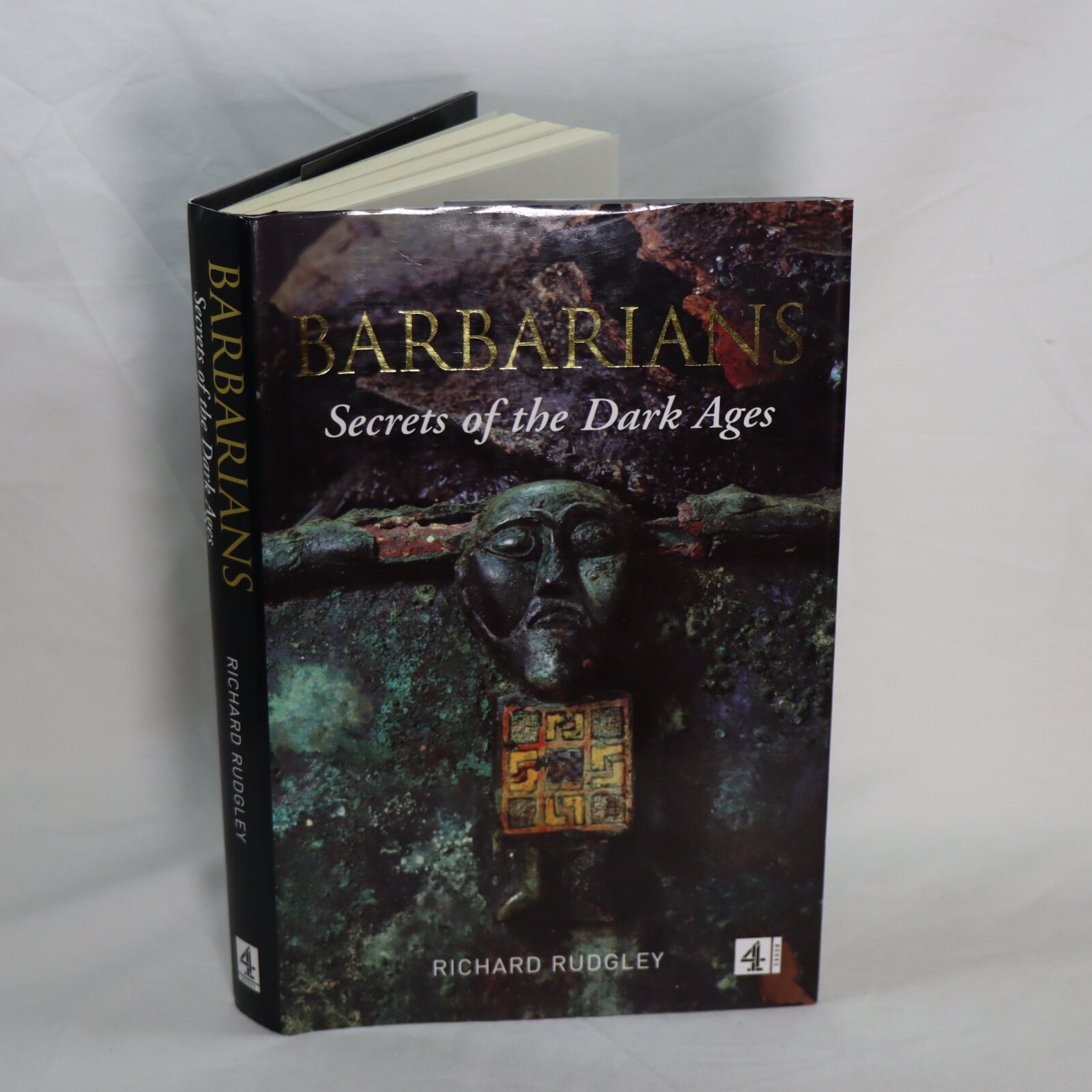
Related products
Share this Page with a friend

